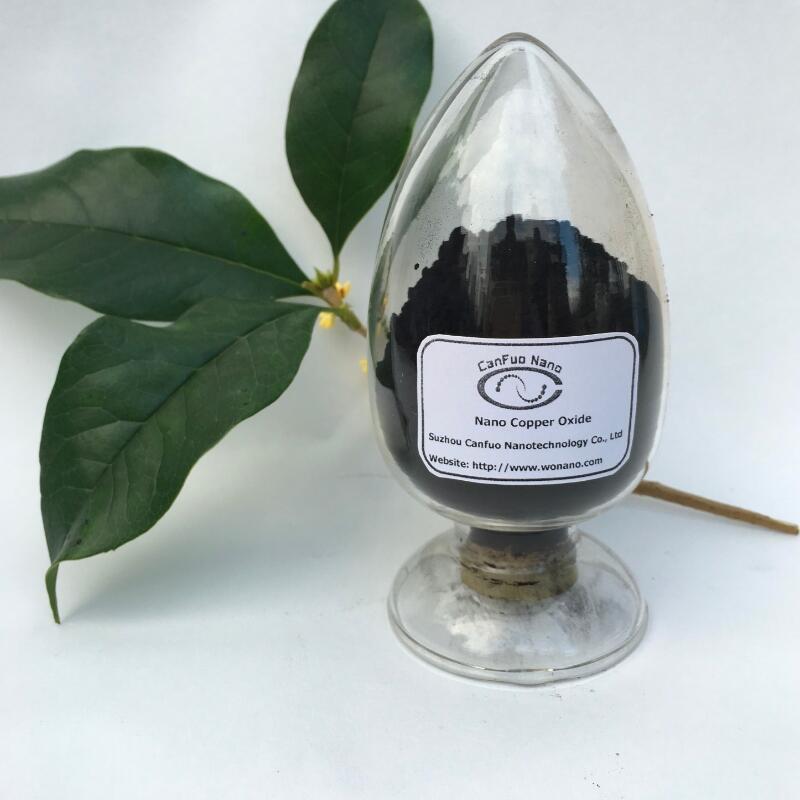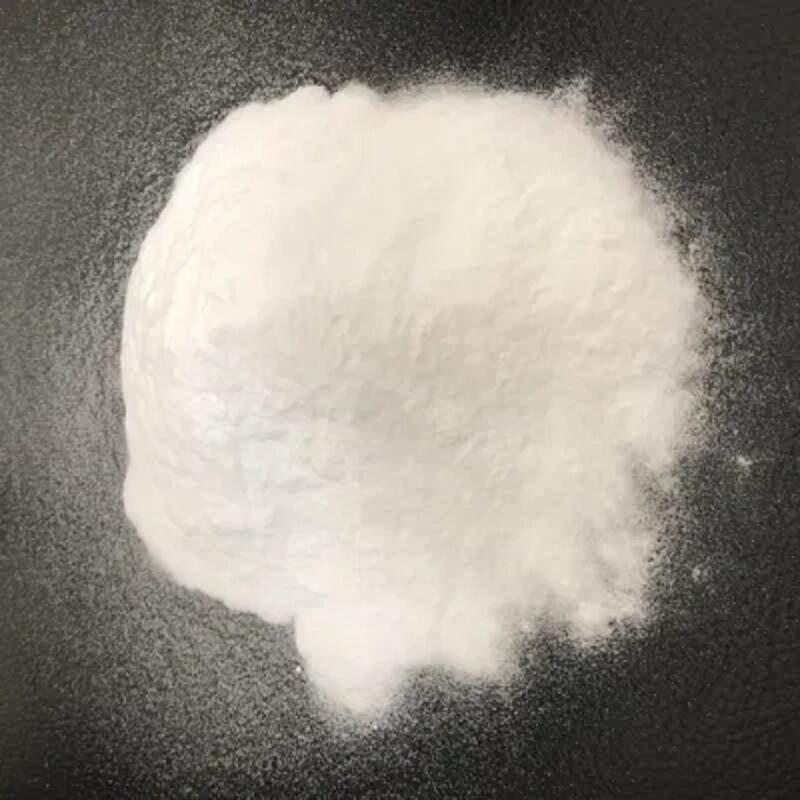-
Categories
-
Pharmaceutical Intermediates
-
Active Pharmaceutical Ingredients
-
Food Additives
- Industrial Coatings
- Agrochemicals
- Dyes and Pigments
- Surfactant
- Flavors and Fragrances
- Chemical Reagents
- Catalyst and Auxiliary
- Natural Products
- Inorganic Chemistry
-
Organic Chemistry
-
Biochemical Engineering
- Analytical Chemistry
-
Cosmetic Ingredient
- Water Treatment Chemical
-
Pharmaceutical Intermediates
Promotion
ECHEMI Mall
Wholesale
Weekly Price
Exhibition
News
-
Trade Service
Antimony trioxide (Sb2O3) is a well-known and widely used chemical in the industry.
It is an important raw material for the production of a range of products, including fire retardants, ceramics, and glass, among others.
Due to its wide range of applications, it is essential to understand the safety aspects associated with the use of antimony trioxide.
Safety in Production:
There are several safety measures that must be implemented during the production of antimony trioxide to ensure the safety of workers and the environment.
Firstly, the production process must be carried out in a well-ventilated area to minimize the risk of inhalation of the dust.
Additionally, workers must wear appropriate protective gear, including respirators, gloves, and safety glasses, to protect themselves from contact with the chemical.
Secondly, it is crucial to ensure that the equipment used in the production process is in good condition and regularly maintained to prevent leaks or spills.
In the event of a spill, it is essential to clean it up immediately to prevent any damage to the environment or workers.
Finally, it is important to ensure that the waste generated during the production process is properly disposed of in accordance with the relevant regulations to prevent environmental pollution.
Safety in Handling:
In addition to the safety measures during production, it is essential to handle antimony trioxide with care to prevent any accidents or incidents.
The chemical must be stored in a cool, dry place and kept away from sources of heat or ignition.
It is also important to ensure that the containers used to store the chemical are properly labeled and stored in a secure location to prevent any unauthorized access.
When handling antimony trioxide, workers must take appropriate precautions to prevent skin contact or inhalation of the dust.
It is essential to minimize the amount of dust generated during handling and to use appropriate equipment, such as vacuum cleaners, to clean up any spills or residue.
Safety in Transportation:
The safety of antimony trioxide does not end with production and handling.
It is also crucial to ensure the safe transportation of the chemical to prevent any accidents or incidents during transportation.
The chemical must be transported in compliance with the relevant regulations and safety standards, and the containers used for transportation must be properly labeled and packaged to prevent any damage or leakage.
It is essential to ensure that the transportation vehicles used to transport the chemical are equipped with the necessary safety equipment, such as fire extinguishers, to deal with any emergency situations that may arise during transportation.
Safety in Use:
Finally, it is crucial to ensure the safe use of antimony trioxide in the final products to prevent any harm to people or the environment.
The chemical is often used as a flame retardant in a range of products, including textiles, plastics, and paint, among others.
In these applications, it is essential to ensure that the chemical is used in the right amounts and does not pose any risks to people or the environment.
In conclusion, the safety of antimony trioxide is of utmost importance in the chemical industry.
It is essential to implement appropriate safety measures during production, handling, transportation, and use to prevent any harm to workers, the environment, or the final products.
By following these safety guidelines, it is possible to use antimony trioxide safely and responsibly, contributing to the overall safety and sustainability of the industry.







